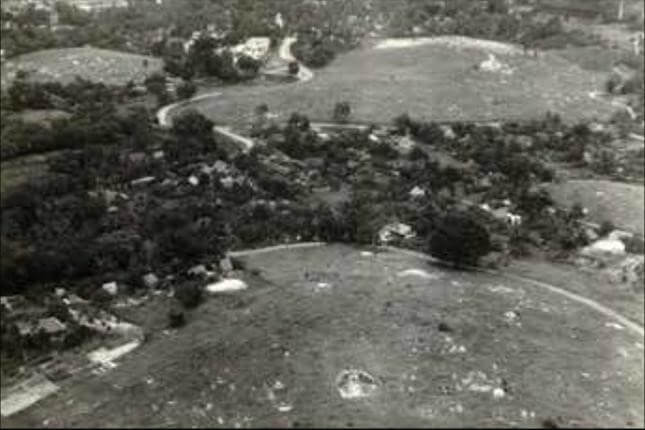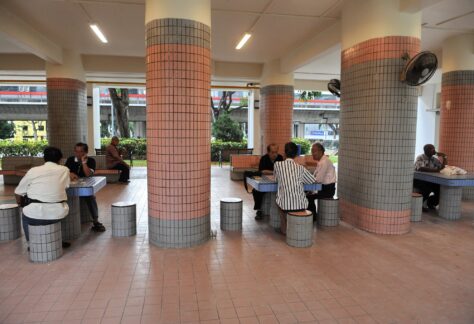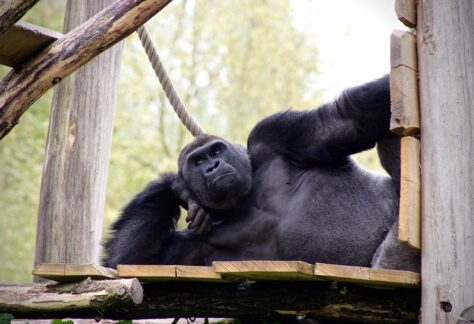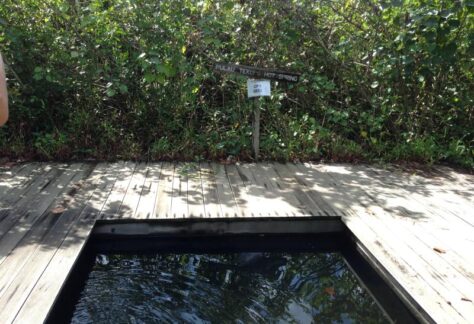exploringsingapore is exclusive ExplorerSG mini series where we reveal some of the lesser-known places, facts and history of Singapore.
Established in 1870, Kwong Wai Siew Peck San Theng cemetery was once the largest cemetery in Singapore. Originally built as a burial ground for the Cantonese and Hakka immigrants from China, Peck San Theng cemetery later opened up to the wider Chinese community to meet burial demands in the country. At its peak, the cemetery covered an area of 324 acres, or two third of present-day Bishan New Town. It is estimated that over 100,000 graves were housed in Peck San Theng Cemetery.
Peck San Theng, which means ‘pavilions on the jade hills’, was a reference to the 12 pavilions scattered around the cemetery for family members visiting their ancestral graves.
Eventually, communities began to form around the cemetery. The attached village, Kampong San Theng is home to over 2,000 residents and amenities including a Chinese school, wet markets and a traditional teahouse named Peck San Tea House. The area formed a spectacular sight during the Qing Ming Festival and Double Ninth (Chong Yang) Festival as tens of thousands flocked into the cemetery to pay their respects.
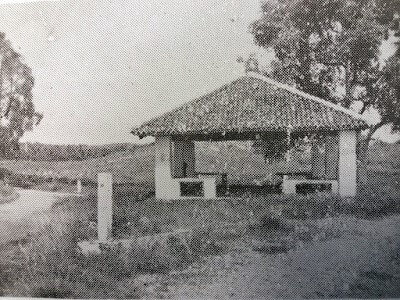
Notably, the cemetery was one of the sites where an intense battle took place between the Japanese force and the British forces during World War 2. The fight ended on 15 February with the surrender of the British to the Japanese. The cemetery became a refuge for the Chinese community as it was largely untouched during the Japanese Occupation.
In 1979, the cemetery and its neighbouring land was acquired by the government; an eight acre land was granted for the construction of the Peck San Theng Columbarium to house most of the exhumed graves.
Bishan, as it sounds, is derived from the pinyinisation of Peck San.
Development of Bishan New Town began in 1983. Bishan MRT—originally named San Teng MRT—began operations in 1987 to serve residents in the new town.
(Image credits: sgpecksantheng.com/)

